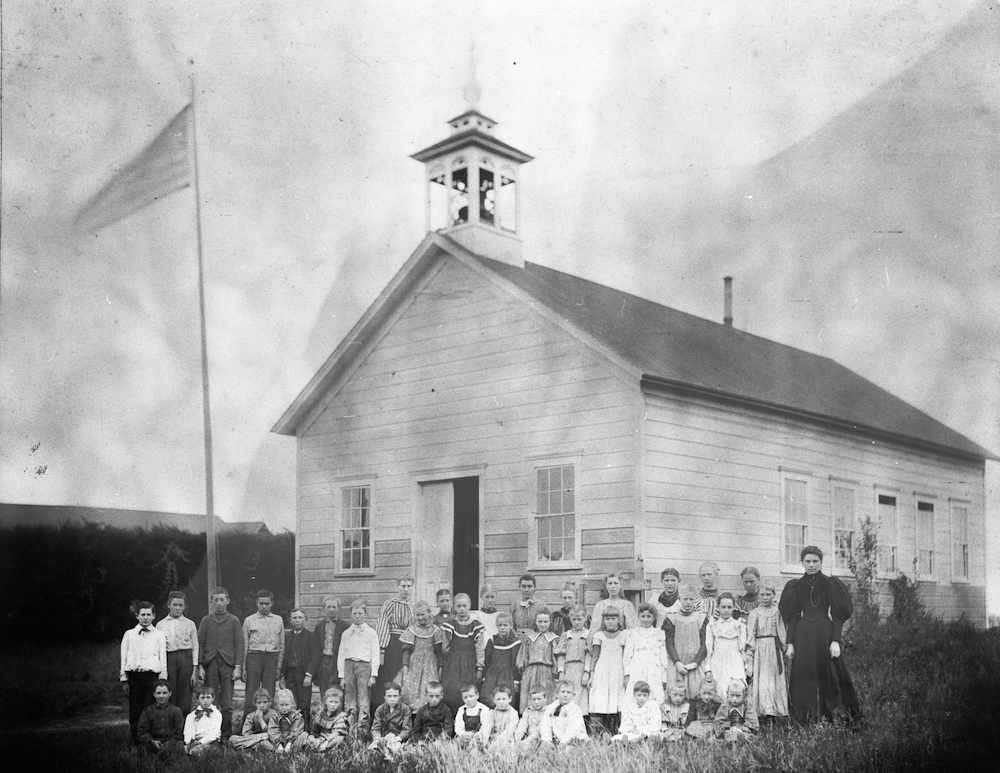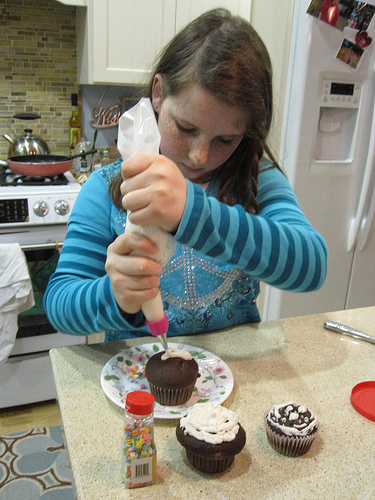Category: Health
-

Humans need meaningful work
Come fall, it’s going to be harder for our teens to find meaning in their studies. They and our younger children will all need a new way of finding pleasure in a job well done.
-

Fall 2020 education: flexibility is key
We need to make sure that thoughtful reconsidering of what school should be is part of the conversation about reopening schools. Let’s make sure the districts hear our voices, and don’t think that reversion to the status quo is any sort of achievement.
-

3 things you can do to help your child with Covid-19 anxiety
Talking to your children in an age-appropriate way about big threats like the coronavirus can help them with anxiety they might not be able to express.
-

Support your teen who is learning at home
The other day I wrote about homeschooling tips you can use with your suddenly-at-home younger kids. Today I’m addressing your teens, who may have quite different needs. Whether your teen is homeschooled or at school in regular life, things have changed. They are now home 24/7 and that can exacerbate existing tensions. Teens thrive with…
-

Temporary homeschooling tips!
You may not be in a position to become a homeschooler full-time, but here are some tips for ways that you can keep your kids—and you—from going insane in the short term.